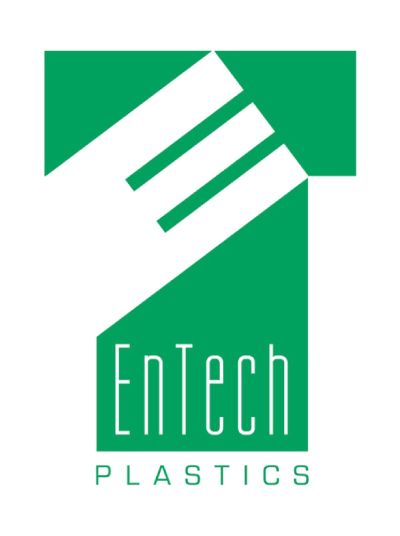Why Your 3D Printed Part Needs a Redesign for Injection Molding
You've perfected your design. The 3D printed prototype fits flawlessly, functions exactly as intended, and even impresses the stakeholders. But now comes the reality check: transitioning from that successful 3D printed prototype to injection molded production parts isn't always a straight path forward.
At EnTech Plastics, we regularly work with engineers who face this exact challenge. While 3D printing and injection molding both create plastic parts, they operate under fundamentally different rules—and what works brilliantly in additive manufacturing may not be possible to produce using injection molding.
The Engineering Reality: Different Processes, Different Design Rules
The freedom that makes 3D printing so appealing for prototyping—layer-by-layer construction with infinite geometric possibilities—becomes a constraint when you need to fill a mold cavity with molten plastic under high pressure and temperature.
Draft Angles: The Hidden Design Requirement
Your 3D printed part likely features perfectly vertical walls, sharp internal corners, and complex geometries built up layer by layer. But injection molding demands draft angles to allow the part to release cleanly from the mold. Those vertical walls that printed perfectly? They'll cause ejection problems, potential part damage, and premature tool wear in injection molding. Every vertical surface needs to be slightly tapered, and every internal corner needs a generous radius to facilitate material flow and part ejection.
Wall Thickness: Consistency is Critical
3D printing builds support where needed, allowing for dramatic wall thickness variations within a single part. Injection molding, however, demands consistent wall thickness throughout the part to ensure uniform cooling, minimize warpage, and prevent sink marks or voids.
Areas with thick sections will cool more slowly than thin sections, creating internal stresses that can lead to warpage, cracking, or dimensional instability. What appears as elegant design optimization in 3D printing creates significant quality issues in injection molding.
Undercuts and Complex Geometries: The Mold Constraint Challenge
Perhaps the most significant difference lies in geometric freedom. 3D printing can create virtually any shape—overhangs, internal cavities, interlocking parts, and complex undercuts—all in a single print job.
Injection molding requires that every part feature can be formed by the opening and closing of mold halves. Complex undercuts require side actions, lifters, or collapsible cores—sophisticated tooling solutions that add significant cost and complexity to your custom injection molding project. These types of features can be accomplished if there are no design alternatives; in many cases, however, EnTech can provide Design for Manufacturability (DFM) analysis to provide design suggestions that will accomplish the intended function but with lower cost tooling.
Gas-Assisted Injection Molding: Bridging the Design Gap
Although conventional injection molding requires uniform wall thicknesses, EnTech also offers Gas Assist Injection Molding which accommodates designs that don’t have uniform wall thickness. Gas Assist Injection Molding allows for hollow sections, varying wall thicknesses, and complex internal geometries—bringing some of the design freedom of 3D printing into the injection molding realm. Gas assist injection molding can eliminate sink marks in thick sections, reduce material usage, and enable part consolidation that would otherwise require multiple components or assembly operations (see: https://entechplastics.com/gas-assist.
Material Performance: Beyond Geometric Constraints
The materials themselves behave differently between processes. Most 3D printing materials are designed for layer adhesion and printability, while engineered resins used in injection molding are optimized for flow characteristics, dimensional stability, and long-term performance. Your 3D printed prototype might use a material with completely different thermal, chemical, or mechanical properties than what you'll achieve with production-grade injection molding resins. This can affect everything from dimensional tolerances to environmental resistance.
From Challenge to Solution
Every transition from 3D printed prototype to injection molded production presents unique challenges. Whether you're dealing with complex geometries, demanding material requirements, or tight tolerance specifications, EnTech Plastics brings the engineering expertise and manufacturing capabilities to turn your design challenges into manufacturing successes.
We specialize in the complex, the challenging, and the "difficult to run" parts that other molders struggle with. From custom injection molding and tool building to engineered resin selection and advanced manufacturing techniques, we have the resources and expertise to bridge the gap between your prototype vision and production reality.
Contact our engineering team today to discuss your specific application. We'll work with you to understand your design intent, identify potential manufacturability challenges, and develop solutions that deliver both the performance you need and the production efficiency your business demands.
Be The First to Know!
Enjoying this article? Stay up to date and sign up now to get notified of new news and insights from EnTech Plastics.
